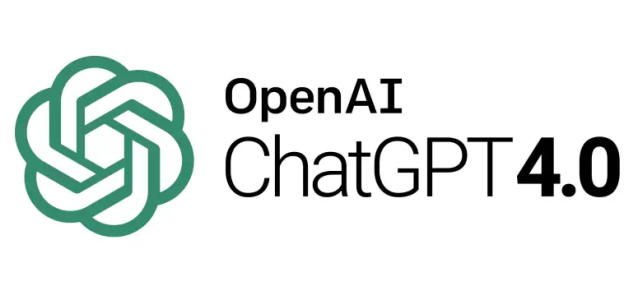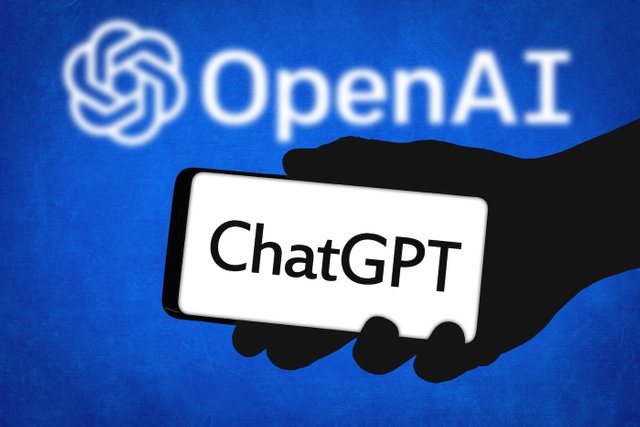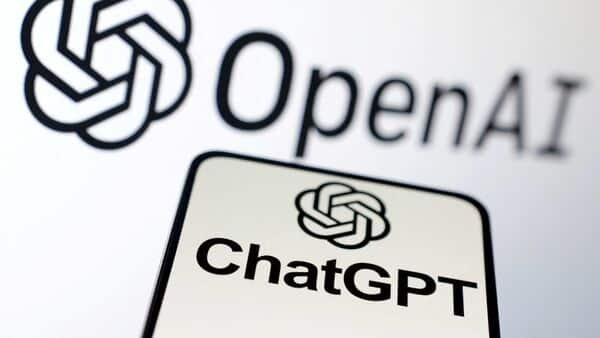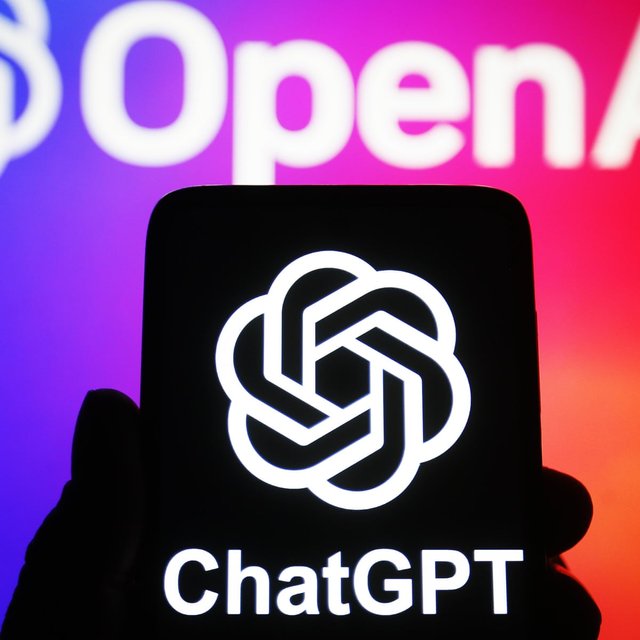
Introduction:
ChatGPT, a creation of OpenAI, is making waves in the world of artificial intelligence with its remarkable ability to engage in human-like conversations and provide valuable assistance. In this article, we'll explore the capabilities, applications, and impact of ChatGPT.
The Evolution of ChatGPT:

Provide a brief overview of the development and history of ChatGPT, including its predecessors like GPT-3.
Highlight the advancements in natural language processing that led to the creation of ChatGPT.
Key Features and Capabilities:
Discuss the fundamental features and capabilities of ChatGPT, such as text generation, text completion, and contextual understanding.
Explain how ChatGPT can perform tasks like answering questions, generating content, and even simulating conversation.
Applications Across Industries:
Explore the diverse range of applications for ChatGPT across various industries, including customer support, content generation, and healthcare.
Provide examples of how businesses and organizations are using ChatGPT to streamline their operations and enhance user experiences.
Conversational AI and Chatbots:

Discuss ChatGPT's role in advancing conversational AI and chatbots.
Explain how it can serve as the foundation for creating intelligent chatbots that offer human-like interactions.
Natural Language Understanding:
Explore the natural language understanding capabilities of ChatGPT and how it can process and respond to text in a contextually relevant manner.
Discuss the potential for improving user experiences in applications like virtual assistants and customer service.
Ethical Considerations:
Address the ethical considerations and challenges associated with AI models like ChatGPT, including issues related to bias and misuse.
Discuss OpenAI's efforts to address these concerns and promote responsible AI development.

Integration and Accessibility:
Explain how ChatGPT can be integrated into various platforms and applications, making its technology accessible to a wide range of users.
Highlight the potential for ChatGPT to be used in educational, healthcare, and accessibility applications.
Future Developments:
Provide insights into the future of ChatGPT and potential improvements and iterations.
Discuss how AI models like ChatGPT are expected to evolve and benefit society.
User Experience and Feedback:
Share real-world user experiences and feedback from businesses and individuals who have utilized ChatGPT.
Highlight success stories and innovative use cases.
Conclusion:
ChatGPT represents a significant milestone in the evolution of artificial intelligence, providing an array of applications and capabilities that have the potential to reshape the way we communicate and interact with technology. With a commitment to ethical use and responsible development, ChatGPT is set to continue influencing the AI landscape and improving user experiences across various industries.